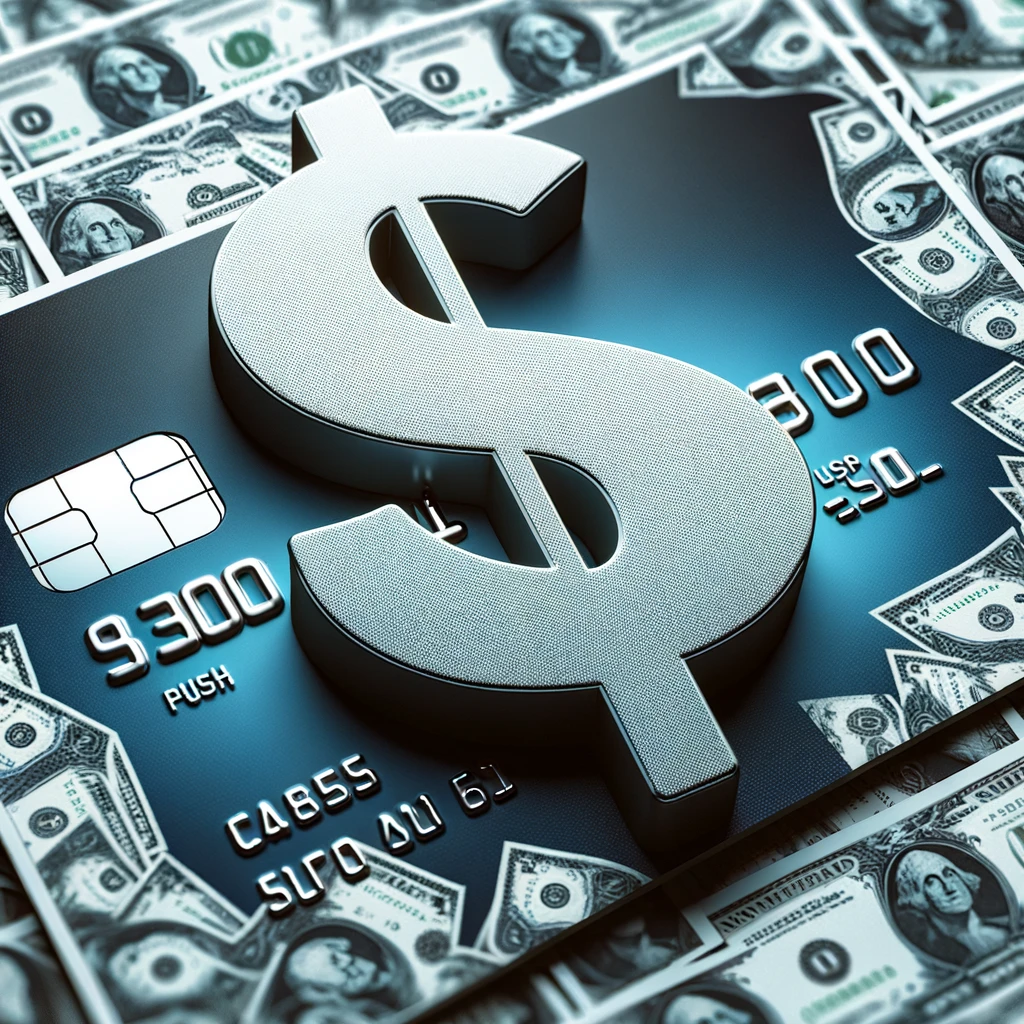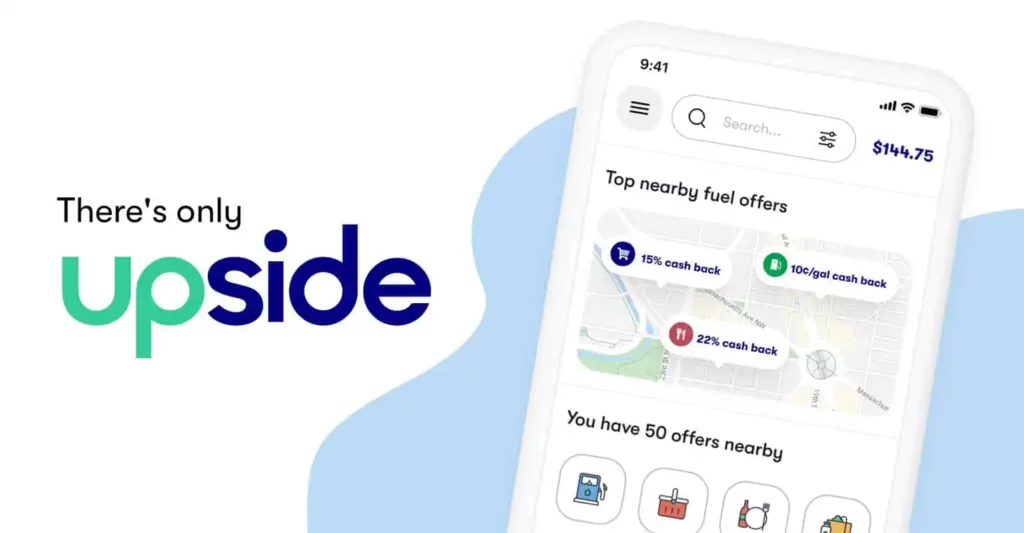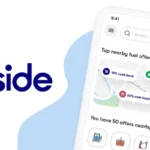We have previously discussed ETFs in basic materials, consumer discretionary, finance, and communications. Now, we turn our attention to the remaining major sectors: energy, industrials, consumer staples, healthcare, and utilities.
Sector Analysis: Beyond Technology
While our previous article on growth ETFs covered technology sector ETFs extensively, this time we shift our focus. We exclude technology sector ETFs because they often heavily overlap with communications companies like GOOG and META, representing a significant portion of most growth ETFs.
Instead, we explore the most reliable sector ETF offerings from renowned financial institutions: Vanguard, BlackRock (iShares), State Street (SPDRs), and Fidelity. Our analysis prioritizes long-term performance, selecting the top ETFs for a detailed review. If two ETFs are closely matched, a comparative analysis will be conducted to determine the better option.
Energy Sector:
Fidelity’s energy ETF, launched just before significant downturns in the oil market, provides an insightful case study. Despite challenging periods, including the major oil crash and the pandemic-induced downturn, energy investments show resilience. The long-term view, stretching back to 2004, reveals that while energy has generally underperformed compared to the broader market, it hasn’t fared as poorly as one might expect. XLE stands out as the market’s preferred choice for energy sector investment.
Industrials Sector:
In our examination of the industrial sector, we find a tightly contested space among the offerings from Vanguard, BlackRock, and State Street. Our analysis reveals that their long-term returns are nearly identical, prompting a focused examination into the specifics of each to determine the best investment option.
- Vanguard’s Industrial ETF is rated 3-star gold by Morningstar and offers a combination of a 1.3% yield with an 11.1% growth forecast. This results in a long-term return potential of 12.4%.
- BlackRock’s iShares Industrial ETF comes with a 4-star silver rating, boasting a 1.4% yield but with a higher growth projection of 12.8%, elevating its long-term return potential to 14.2%.
- State Street’s SPDR Industrial ETF is also 4-star silver-rated, offering a slightly higher yield of 1.6% and a growth rate of 10.9%, which amounts to a 12.5% long-term return potential.
The close race between iShares and SPDR, particularly in Morningstar ratings, leans in favor of iShares when considering total return potential. However, when assessing dividend income, XLI (SPDR Industrial ETF) offers a marginally better yield, and the historical returns between XLI and IYJ (iShares Industrial ETF) show a similar pattern. Thus, dividend track records might serve as a more decisive factor in this comparison. Here, the iShares Industrial ETF demonstrates a more consistent annual income growth rate, while the SPDRs Industrial ETF has a slightly faster growth rate. A closer look at the income growth of each ETF from 2005 to 2022 shows:
- Vanguard: 11.87% annual income growth with starting yield at 0.9%.
- iShares: 8.3% annual income growth with a starting yield at 1.3%.
- SPDRs: 9.5% annual income growth with a starting yield at 1.7%.
Considering these factors, XLI (SPDR Industrial ETF) edges out as the preferable option due to its higher yield and slightly faster dividend growth over time, aligning closely with the S&P 500’s performance.
Consumer Staples:
Interestingly, the iShares ETF has been a standout in the consumer staples sector since 2014. This sector’s performance has been surprisingly strong since 2004, a likely result of the inherent stability of businesses in this area. The low volatility characteristic of consumer staples is a significant factor in their outperformance, making iShares a primary focus in our analysis.
Healthcare Sector:
All healthcare ETFs have demonstrated similar returns since 2014. However, looking at the broader picture, healthcare investments have consistently outperformed the S&P 500. Vanguard’s healthcare ETF slightly edges out others with its higher returns and is awarded a 5-star gold rating by Morningstar. Its yield and growth forecast make it a competitive option for long-term investment.
Utilities Sector:
Over the past decade, SPDR and Vanguard utility ETFs have emerged as top performers. Like consumer staples and healthcare, utilities have also consistently outperformed the market over the long term. This sector’s defensive nature across market cycles makes it an attractive option for investors. Both Vanguard and SPDR utility ETFs are closely matched in terms of Morningstar ratings and long-term return potential:
When exploring the consistency of income growth, both ETFs have shown remarkable stability, with no annual declines since 2004. Analyzing the income growth from a $1,000 investment in each ETF from 2005 to 2022:
- Vanguard Utility ETF saw an annual income growth of 8.8%. The starting yield was 4.0%, with a 2022 yield on cost of 15.9%.
- SPDR Utility ETF experienced an 8.4% annual income growth. It started with a yield of 4.4%, resulting in a 2022 yield on cost of 16.4%.
Despite the SPDR Utility ETF showing marginally higher initial investment growth, Vanguard’s Utility ETF narrowly surpasses it by combining a slightly higher Morningstar rating and a marginally faster rate of long-term dividend growth.
Finalists:
| Strategy | ETF | Ticker | Morningstar Rating | Expense Ratio |
| Energy | SPDR Energy ETF | XLE | 5-star silver | 0.10% |
| Industrials | SPDR Industrial ETF | XLI | 4-star silver | 0.10% |
| Consumer Staples | iShares Consumer Staples ETF | IYK | 5-star silver | 0.41% |
| Healthcare | Vanguard Healthcare ETF | VHT | 5-star gold | 0.10% |
| Utilities | Vanguard Utilities ETF | VPU | 4-star gold | 0.10% |
In-Depth analysis of each ETF:
Energy Select Sector SPDR ETF (XLE)
The Energy Select Sector SPDR ETF (XLE) is positioned as a potentially robust hedge against inflation. According to Morningstar, XLE presents an attractive valuation proposition.
A noteworthy aspect of XLE is its composition. While the average energy ETF consists of 92% energy stocks, 5% utilities, and a mix of basic materials, XLE stands out as a 100% pure-play energy sector ETF. This unique characteristic distinguishes XLE in the landscape of energy investments.
XLE’s portfolio is heavily concentrated and predominantly US-focused, deliberately excluding Master Limited Partnerships (MLPs) such as ENB, TRP, PBA, MMP, or EPD. This exclusion strategy results in a more concentrated investment in certain midstream blue-chips like OKE, KMB, and WMB. However, a significant portion of XLE’s portfolio, approximately 45%, is invested in major players like Exxon Mobil (XOM) and Chevron (CVX). This concentration provides substantial exposure to various sub-sectors within energy, including oil, gas, refining, oil services, and a slice of midstream operations.
The structure and focus of XLE make it an intriguing option for investors seeking direct exposure to the energy sector. Its composition not only offers a diverse range within the energy industry but also aligns closely with major trends and shifts in the global energy market.
Industrial Select Sector SPDR ETF (XLI)
The Industrial Select Sector SPDR ETF (XLI) is recognized as a viable hedge against inflation, particularly in scenarios akin to the stagflationary period of the 1970s. Société Générale, for instance, highlights industrials, specifically 3M, as a top recommendation in such economic conditions. This viewpoint is generally supported by historical data, though the interpretation can vary based on the specific definition of stagflation.
One notable aspect of XLI is its high moat rating: 94% of its holdings are classified as having a wide or narrow moat. This is notably higher than even some well-regarded ETFs, such as QQQ, which has a moat rating of 58%. Additionally, XLI’s financial health is rated at B+, aligning with the top performers in the dividend ETF space, such as SCHD. The ETF maintains a payout ratio of 47%, which is considered safe and below the 60% guideline typically advised for this industry.
XLI is predominantly focused on the industrial sector, with 97% of its portfolio dedicated to this area, while also including a small mix of technology and consumer discretionary stocks. This makes it a targeted yet slightly diversified ETF within the industrial sector.
The ETF comprises 72 companies, with the top 10 holdings accounting for 41% of its total portfolio. This group includes some of the most prominent names in the industrial world, renowned for their stability and performance. The list features a range of dividend stocks with strong track records and reliable dividends.
Moreover, a significant portion of XLI’s holdings is in defense contractors, a sector poised to benefit from increased defense spending. The European Union has committed to higher defense budgets in the future, and similar trends are expected from the United States. This scenario provides a robust tailwind for these companies, further enhancing the attractiveness of XLI as an investment vehicle.
iShares US Consumer Staples ETF (IYK)
An impressive 65% of IYK’s holdings are classified as having a wide moat, denoting a strong competitive advantage. Additionally, the ETF has been rated A- for financial health, which is notable in the current market environment. This rating is an affirmation of the robustness and resilience of its holdings.
Payout Ratio: IYK’s payout ratio stands at 52%, comfortably below the 70% threshold considered safe for this sector by rating agencies. This lower payout ratio suggests a sustainable dividend policy, enhancing the appeal of IYK for income-focused investors.
Portfolio Composition and Sector Weighting
- Healthcare Overweight: Interestingly, IYK is overweight in healthcare compared to its peers, a strategic positioning that might contribute to its status as the best-performing ETF in the consumer staples category. Given the healthcare sector’s strong performance over the last two decades, this overweight could be a key driver of IYK’s success.
- Concentration and Holdings: The ETF exhibits a concentrated portfolio structure, with its top 10 holdings accounting for 64% of the total portfolio. Notably, the top four stocks represent 45% of the ETF. This concentration suggests a focus on high-quality, reliable companies with consistent dividend records, underscoring its commitment to firms with a history of stable and growing dividends.
Vanguard Health Care ETF (VHT)
Vanguard Health Care ETF (VHT) is a prominent player in the healthcare ETF space, and its portfolio fundamentals, as sourced from Morningstar, offer insightful details about its investment value.The healthcare companies within VHT’s portfolio are predominantly classified as having a wide moat, indicating strong competitive advantages and market positions. The ETF’s financial health is robust, with a 42% payout ratio that is well below the 60% considered safe for the sector. This prudent payout ratio suggests a sustainable dividend policy and financial prudence.
Portfolio Composition
- Pure-Play Focus on Healthcare: VHT is effectively a pure-play healthcare ETF, similar to its peers, focusing solely on healthcare stocks. This singular focus makes it an ideal choice for investors looking to specifically increase their exposure to the healthcare sector.
- Concentration and Diversity: Despite owning 465 companies, VHT’s portfolio is relatively concentrated, with the top 10 holdings accounting for 48% of the portfolio. This concentration indicates a strategic emphasis on select healthcare giants.
Vanguard Utilities ETF (VPU)
The Vanguard Utilities ETF (VPU) stands as a significant investment vehicle in the utilities sector.
- The utility sector is characterized as having a narrow moat, with companies typically operating in highly regulated environments and often with significant leverage. However, this leverage is generally well-supported by steady and predictable cash flows, typical of utility companies. VPU’s portfolio reflects these sector characteristics.
Payout Ratio and Financial Health
- Sustainable Dividend Policy: The ETF maintains a 57% payout ratio, which is considerably lower than the 75% safety threshold set by rating agencies for this sector. This prudent payout ratio underscores a sustainable dividend policy and financial health, which is crucial for income-focused investors.
Portfolio Composition
- Pure-Play Utility Focus: Unlike many of its peers that might include exposure to telecommunications and energy sectors, VPU is effectively a pure-play utility ETF. This focused approach makes it an attractive option for investors seeking direct exposure to utilities.
- Concentration and Quality of Holdings: The portfolio is relatively concentrated, with the top 10 holdings accounting for 54% of the portfolio, despite the ETF owning a broad range of utility companies. This concentration suggests a strategic emphasis on the most significant and influential players in the utilities sector.
Historical Returns
SPDR Energy ETF (XLE)
XLE has shown a remarkable performance over the past 23 years, outperforming the market despite enduring long periods of high volatility and extensive negative returns, some lasting up to 15 years. Energy markets are known for their legendary bear cycles, with drastic declines observed, such as 50% drops within a single month and bear markets lasting up to eight years.
Despite these challenges, XLE has managed to maintain steady dividend payouts. From 1999 to 2023, it transformed a $1,000 investment into $190 income, representing a 9.5% annual income growth and increasing the yield on cost from 1.9% to 19.0%. This performance exceeds that of the S&P 500 over the same period.
However, future income growth forecasts for XLE by analysts vary significantly. Morningstar predicts about 27% future dividend growth, which seems overly optimistic. A more realistic expectation would be closer to the historical rate of 9% to 11%, with 13% as a best-case scenario.
SPDR Industrial ETF (XLI)
XLI has slightly outperformed the S&P 500 over the last 23 years. This performance aligns with the historical trend where industrials, often represented by high dividend companies, modestly beat the market. Despite being cyclical, industrials have shown resilience, performing better than the market during significant downturns.
XLI’s income growth has also been commendable. It delivered faster income growth compared to the S&P 500. Its future income growth prospects look promising, with analysts suggesting a 7% real expected income growth, significantly outpacing the S&P 500 and a typical 60/40 portfolio.
iShares Consumer Staples ETF (IYK)
IYK has outperformed the market since 2000, not through superior growth but due to steady growth, dividends, and low volatility. It has shown resilience in recent recessions, demonstrating a lower decline rate compared to the broader market.
IYK’s dividend growth has been consistently strong, with an 10.4% annual income growth from 2001 to 2023, nearly doubling the annual income over 20 years. Analysts expect this trend to continue, projecting a 4% real expected income growth, surpassing the S&P 500 and significantly outperforming a 60/40 portfolio.
Vanguard Healthcare ETF (VHT)
VHT has consistently beaten the S&P 500 by showing resilience in bear markets and maintaining pace during economic expansions. Even during the pandemic, it experienced less severe declines compared to other sectors.
Since 2005, VHT’s dividend growth has been impressive, nearly matching the Nasdaq’s growth and significantly outperforming the S&P 500. Analysts anticipate continued growth, projecting a 7% real expected income growth, which far exceeds the expectations for the broader market.
Vanguard Utility ETF (VPU)
VPU has outperformed the market since 2004, primarily due to its low volatility during bear markets and benefits from falling interest rates. Its performance this last year has been defensive, as utilities typically are during downturns, although it wasn’t as resilient during the pandemic.
VPU has maintained consistent dividend growth, with no annual declines in dividends. Its growth rate matches the S&P 500, but with a significantly higher yield. Future growth expectations are modest, with analysts predicting a 2% real expected income growth, slightly better than the S&P 500 and substantially better than a 60/40 portfolio.






















Leave a Reply
You must be logged in to post a comment.